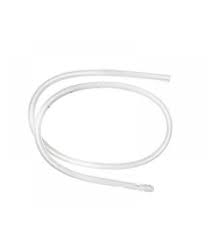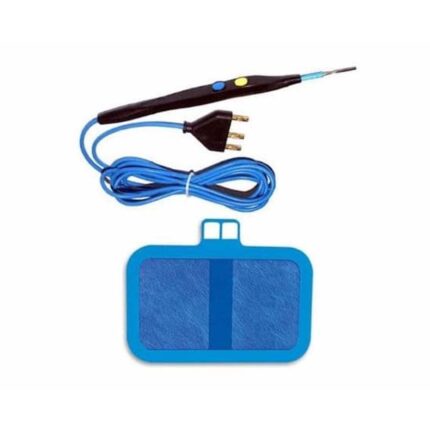Nasogastric Tube: Essential Medical Equipment for Safe Nutritional Support
A Nasogastric Tube (NGT) is a medical device that is widely used in hospitals and healthcare settings to provide nutritional support to patients who cannot eat or drink by mouth. This tube is inserted through the nose and travels down the esophagus to the stomach. It is primarily used for individuals who are unconscious, recovering from surgery, or those with swallowing difficulties due to illness or injury.
The Nasogastric Tube is designed to ensure that the body receives the necessary nutrients, fluids, and medications directly into the stomach. This allows healthcare providers to administer a patient’s nutritional needs when oral intake is not possible.
Key Features of a Nasogastric Tube
- Material: Nasogastric tubes are typically made from flexible, medical-grade plastic or silicone, ensuring comfort and safety for patients during insertion and use.
- Variety: NGTs come in various sizes and lengths to accommodate different patient needs, from neonates to adults.
- Ease of Use: The tube is easy to insert by trained healthcare professionals, providing an efficient method for short-term nutritional support.
- Comfort: Despite being a medical device, modern nasogastric tubes are designed to minimize discomfort for the patient during use, with options for soft materials to prevent irritation.
Common Uses of Nasogastric Tubes
- Nutritional Support: For patients who are unable to ingest food orally due to neurological conditions, surgical recovery, or medical procedures, the NGT delivers vital nutrients directly to the stomach.
- Medication Administration: Nasogastric tubes also play a role in delivering liquid medications to patients who are unable to swallow pills or tablets.
- Drainage: In some cases, NGTs are used to drain stomach contents, such as in cases of bowel obstructions or to relieve pressure after surgeries.
Benefits of Using a Nasogastric Tube
- Convenient: Unlike intravenous (IV) feeding, NGTs do not require specialized equipment, making them a more straightforward solution for short-term nutritional needs.
- Cost-Effective: In many healthcare settings, nasogastric tubes are a more affordable option compared to other types of feeding tubes, such as percutaneous endoscopic gastrostomy (PEG) tubes.
- Versatile: Whether it’s for feeding, medication administration, or drainage, the nasogastric tube is a versatile tool in a healthcare professional’s arsenal.
How to Use a Nasogastric Tube
The insertion of a nasogastric tube should always be done by a trained healthcare professional. The procedure involves:
- Measurement of the tube length to ensure proper placement.
- Insertion of the tube through the patient’s nostril into the esophagus, with careful monitoring to avoid complications.
- Verification of correct tube placement via X-ray or aspiration testing.
Once inserted, the tube is secured and can remain in place for several days or weeks, depending on the patient’s needs.
Safety Considerations
While nasogastric tubes are generally safe, there are a few risks associated with their use:
- Accidental Dislodgement: The tube can sometimes be dislodged, especially if the patient is moving or coughing excessively.
- Aspiration: Improper placement or dislodgement of the tube can lead to the aspiration of food or liquids into the lungs, which could cause respiratory complications.
- Nasal and Esophageal Irritation: Prolonged use of a nasogastric tube can lead to irritation in the nose or esophagus. Proper care and regular monitoring are essential to minimize discomfort.
Conclusion
A Nasogastric Tube is an essential medical device that plays a critical role in providing nutritional support, administering medications, and draining stomach contents in various medical situations. It is a reliable solution for patients who cannot consume food or liquids orally, ensuring their health and well-being during recovery.
If you’re in need of high-quality Nasogastric Tubes, you can find them at parsumashtajhiz. With a focus on superior products and customer satisfaction, parsumashtajhiz ensures that healthcare professionals can access the best equipment for patient care.
By purchasing from parsumashtajhiz, you are assured of top-notch quality and efficiency in medical care solutions.












Reviews
There are no reviews yet.